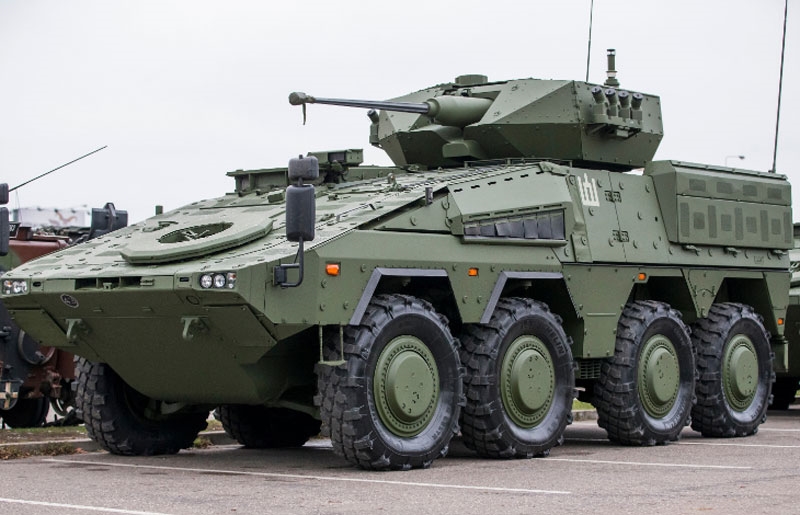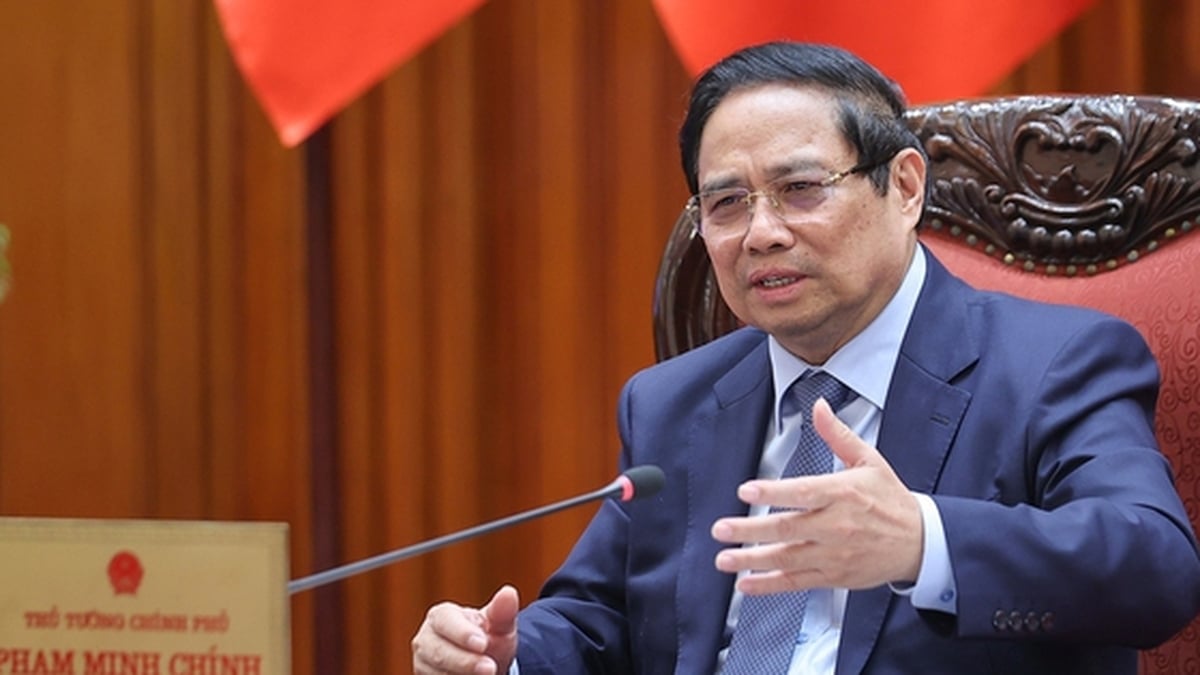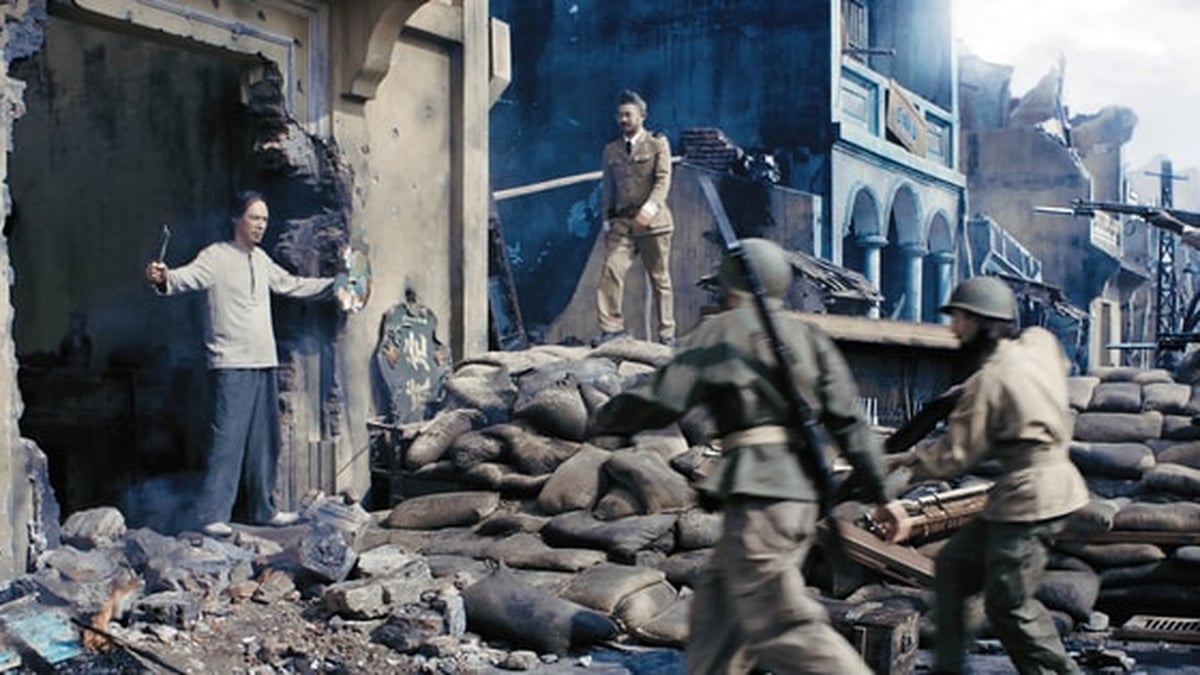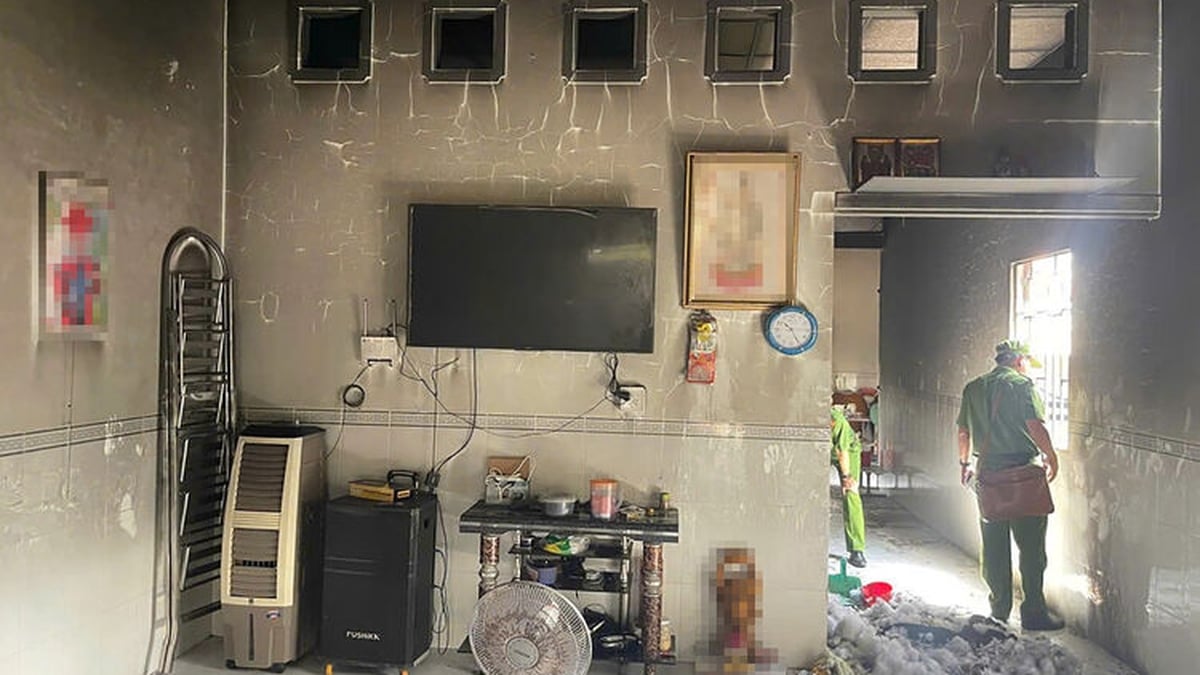On May 29, Russian President Vladimir Putin signed a law officially withdrawing Russia from the Conventional Armed Forces in Europe (CFE) Treaty. This is the latest treaty to be canceled amid increasing tensions between Russia and the North Atlantic Treaty Organization (NATO).
Speaking to the media after the information was published, Kremlin spokesman Dmitry Peskov said that Russia's withdrawal from the CFE Treaty was due to the fact that this mechanism had long been outdated and Moscow was simply "bringing it back to reality", Sputnik quoted Mr. Peskov as saying. According to Mr. Peskov, in the field of arms control and strategic stability, there is currently a large gap that needs to be urgently filled with new actions based on the goodwill of the parties.
 |
| Armored vehicles are one of the types of combat vehicles that NATO member countries are actively purchasing (illustrative photo). Photo: Shutterstock |
Earlier, President Putin submitted a bill to the State Duma (lower house) of Russia to reject the CFE Treaty, stating that since the early 1990s, the treaty “under the influence of large-scale political and military changes, primarily related to NATO expansion, has largely become obsolete and irrelevant.” The bill was passed by the State Duma and the Federation Council (upper house) of Russia respectively. Explaining the incident, Chairman of the State Duma Foreign Affairs Committee Leonid Slutsky said that the CFE Treaty “has gone down in history,” and emphasized that “Western countries have trampled on a treaty that provided an excellent opportunity to develop comprehensive security in Europe.”
The CFE Treaty was signed in Paris in November 1990 between representatives of 16 NATO member states (Belgium, Britain, Germany, Greece, Denmark, Iceland, Spain, Italy, Canada, Luxembourg, the Netherlands, Norway, Portugal, the United States, Turkey and France) and 6 Warsaw Pact member states (the Warsaw Pact, including Bulgaria, Hungary, Poland, Romania, the Soviet Union and Czechoslovakia). The treaty was signed with the expectation of further reducing tensions between NATO and the Warsaw Pact, in the context of warming relations between Moscow and Washington under Soviet leader Mikhail Gorbachev.
The content of the CFE Treaty is to set quantitative limits for the parties on five types of conventional weapons (tanks, armored vehicles, artillery, fighter aircraft and attack helicopters). Specifically, the CFE Treaty allows NATO and Warsaw Pact members to maintain equal numbers of conventional weapons systems in a geographical area stretching from the Atlantic coast in the West to the Ural Mountains in the East. Each bloc is allowed to possess a maximum of 40,000 tanks, 60,000 armored vehicles, 40,000 artillery pieces, 13,600 fighter aircraft and 4,000 attack helicopters...
By the time the CFE Treaty entered into force (two years after its signing), the Soviet Union and the Warsaw Pact had dissolved. However, Russia and seven former Soviet republics, including Belarus, Ukraine, Armenia, Azerbaijan, Georgia, Kazakhstan, and Moldova, continued to inherit and ratify the CFE Treaty.
With the dissolution of the Warsaw Pact and the CFE Treaty members selling off and disposing of thousands of pieces of military equipment throughout the 1990s and 2000s, quantitative arms restrictions became a hotly contested issue among the parties.
In 2007, Moscow suspended the CFE Treaty because NATO did not ratify the 1999 amendment to the treaty, which, according to President Putin, instead of continuing to reduce arms, NATO decided to increase its arms buildup in Europe. In 2015, Russia announced that it was suspending its participation in the CFE Treaty indefinitely after accusing NATO of ignoring the treaty's provisions by continuing to expand the bloc. Moscow called on the parties to sit down for negotiations, but that goodwill was not reciprocated.
The Russian president's signing of a decree to terminate the CFE Treaty is a sign of escalating tensions in the Russia-NATO relationship, which has been heated for a long time, and whose deep roots can be said to stem from the lack of goodwill of NATO member states. Earlier this year, Moscow suspended its participation in the New Strategic Arms Reduction Treaty (New START) - considered the last major strategic arms treaty between nuclear superpowers - after the US unilaterally withdrew from the Intermediate-Range Nuclear Forces (INF) Treaty in 2019 and the Open Skies Treaty (OST) in 2020. The world is "holding its breath" waiting for the consequences that the increasingly deep disagreement in Russia-NATO relations can bring on a global scale.
HA PHUONG
Source



































































































Comment (0)